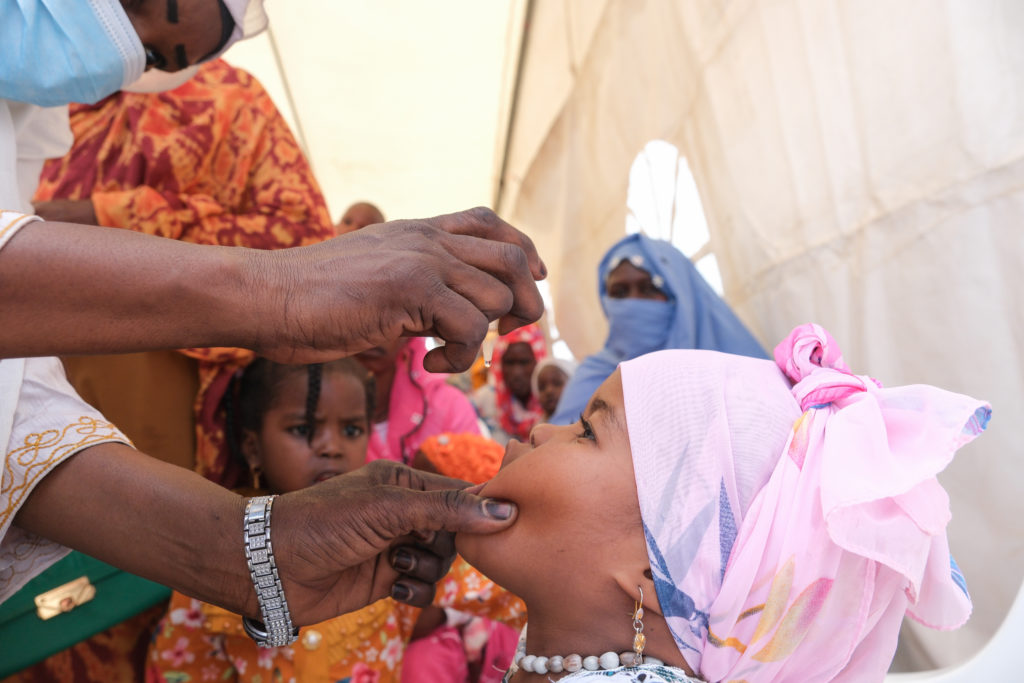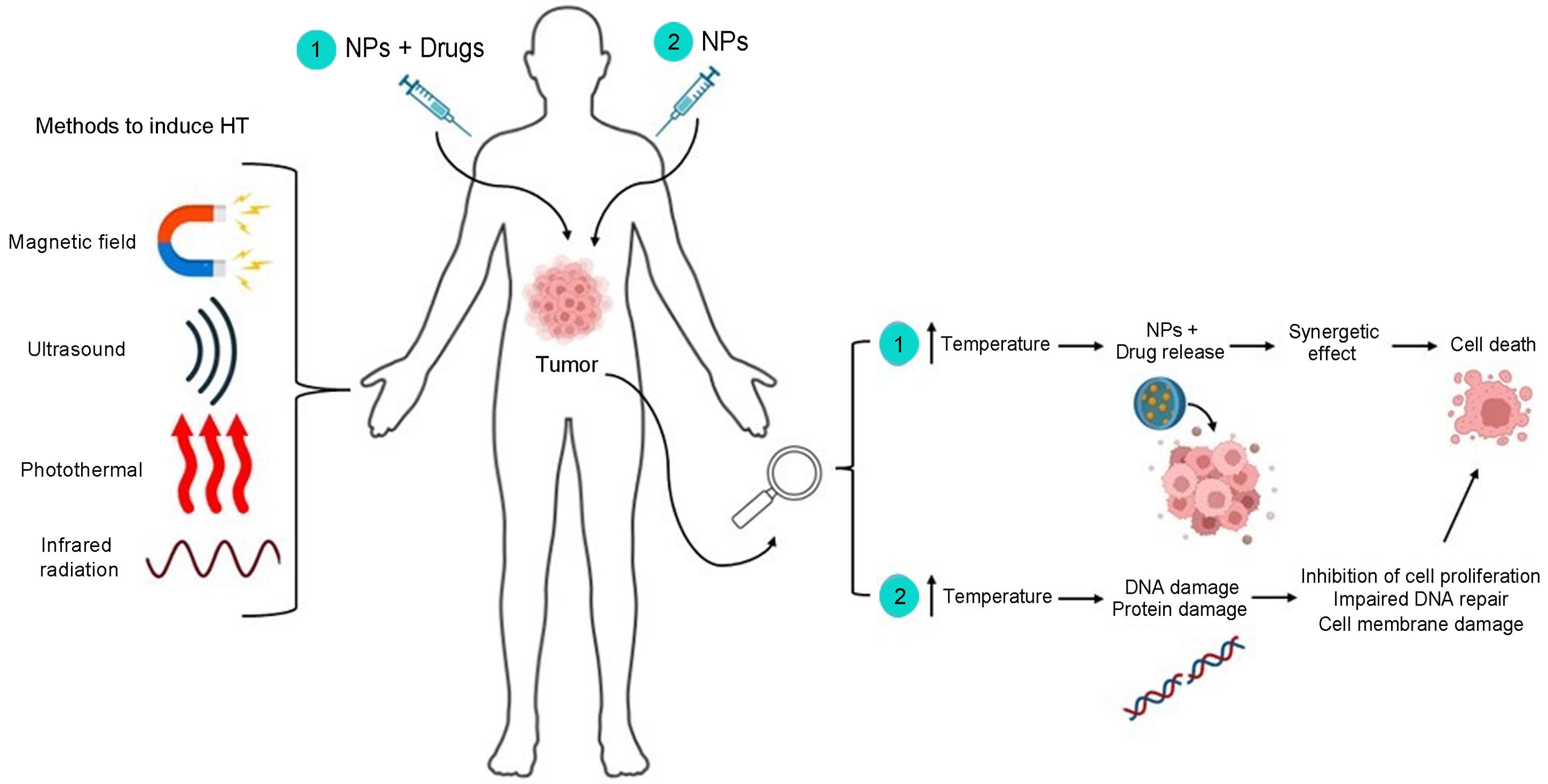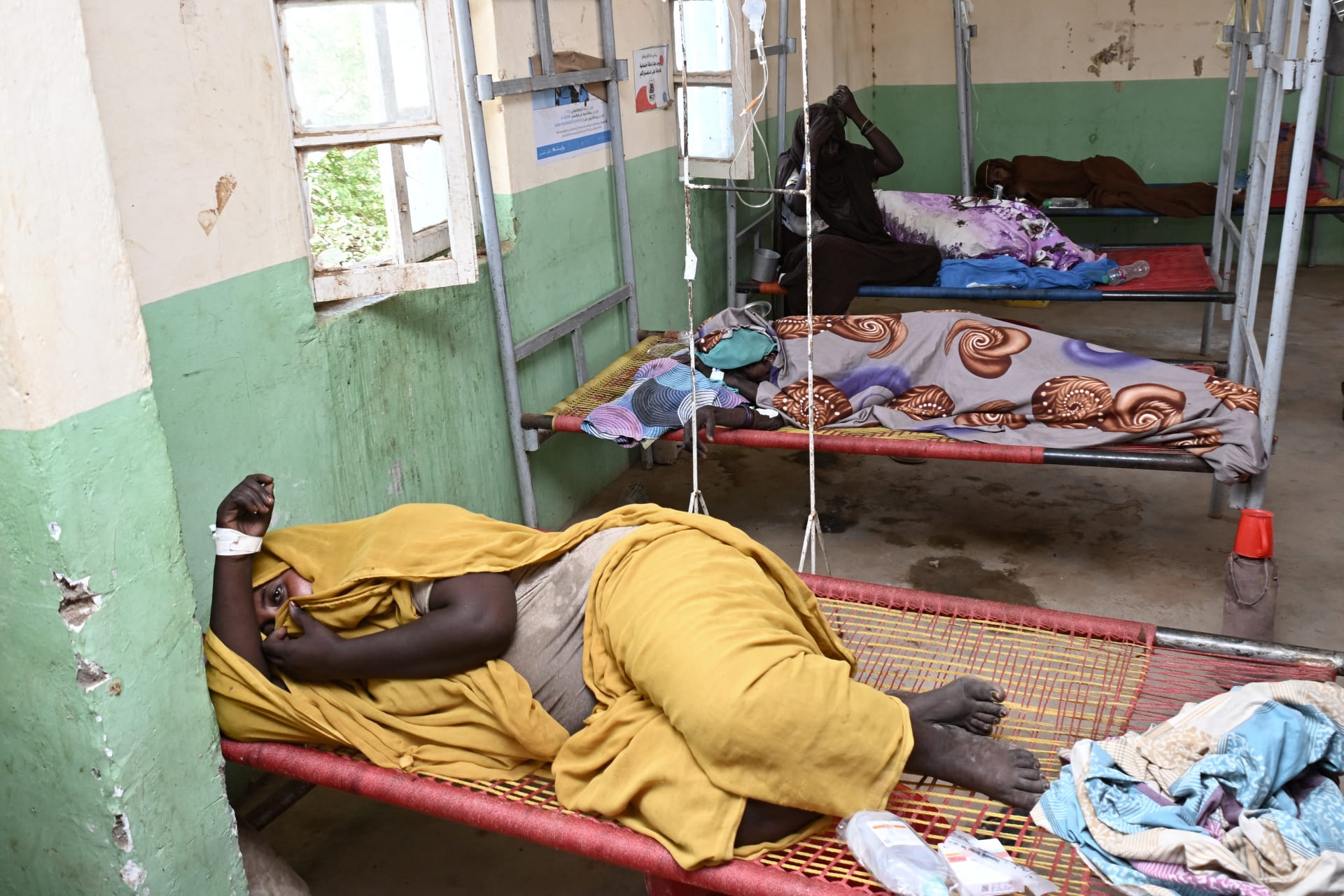Curbing youth substance use – Aspen Daily News

Youth Substance Use Prevention in Aspen: A Sustainable Development Goals Perspective
Introduction
Recent data from Aspen High School reveals significant challenges related to youth substance use, with rates of marijuana use, alcohol consumption, binge drinking, and vaping substantially exceeding state averages. This report examines these issues through the lens of the Sustainable Development Goals (SDGs), emphasizing community-driven prevention efforts and cultural shifts aimed at promoting health and well-being among youth.
Current Substance Use Statistics and Community Context
- Nearly 25% of Aspen high school students reported marijuana use in the past 30 days (2023).
- Over 43% reported alcohol consumption, with more than 30% engaging in binge drinking.
- Vaping was reported by over 17% of students.
These figures are approximately double the state averages and higher than neighboring regions, indicating a localized issue that requires targeted intervention.
Exposure and Social Norms
- Youth are frequently exposed to substances in various social settings, including public events and everyday environments.
- Social and internal pressures contribute to initiation and continuation of substance use among teens.
- Despite perceptions, a majority of students do not engage in substance use, highlighting a gap between perception and reality.
Community-Led Prevention Initiatives
Youth Advocates for Healthy Futures
A group of approximately twelve teenagers, supported by the Aspen-Pitkin Healthy Futures Coalition, leads efforts to shift community culture around substance use. Their initiatives include:
- Documenting youth exposure to substances through a “Photovoice” project.
- Presenting findings to local leaders to inform policy and community strategies.
- Promoting healthy habits and empowering peers to make informed decisions.
Healthy Futures Coalition Structure and Goals
The coalition operates with a paid director and 30-35 active adult members from diverse community sectors. Funded by federal grants and local sources, its strategic plan focuses on:
- Establishing and strengthening community collaboration to address youth substance use.
- Reducing risk factors and enhancing protective factors related to substance use.
- Targeting reductions in alcohol, marijuana, and vaping among middle and high school students by 20% from 2023 baselines.
- Increasing youth awareness of the risks and social unacceptability of underage substance use.
- Reducing social and retail access to alcohol.
Funding and Youth Engagement
The coalition’s budget supports administrative functions, conferences, and compensates youth participants, fostering active engagement and leadership among young people. Expansion plans include increasing youth advocate numbers and involving younger students to address early exposure.
Innovative Prevention Approaches
Focus on Education and Empowerment
- Emphasis on substance misuse education rather than abstinence-only messaging.
- Promotion of factual information about brain development and long-term effects of early substance use.
- Encouragement of open communication between parents and youth to build trust and support.
Community and Parental Roles
The coalition recognizes the complex challenges faced by families, including intergenerational trauma and socioeconomic stressors, advocating for supportive roles by teachers, coaches, and community organizations to complement parental guidance.
Collaboration with Existing Programs
Partnerships with initiatives such as the Soundcheck Prevention Network integrate evidence-based education focusing on mental health and social norms, moving away from ineffective scare tactics.
Measuring Impact and Future Outlook
Challenges and Opportunities
- Historical efforts in Aspen have laid groundwork but have not fully resolved youth substance use issues.
- Current initiatives differentiate themselves by youth leadership and comprehensive, coordinated strategies.
- Success is measured not only by statistical reductions but also by shifts in perceptions and individual life trajectories.
Long-Term Vision
The coalition aims for sustained, valleywide impact beyond the initial funding period, fostering a culture where healthy choices are normalized and supported.
Alignment with Sustainable Development Goals
Relevant SDGs Addressed
- SDG 3: Good Health and Well-being – By reducing substance misuse, the coalition promotes physical and mental health among youth.
- SDG 4: Quality Education – Educational programs empower youth with knowledge and decision-making skills.
- SDG 10: Reduced Inequalities – Inclusive outreach efforts engage diverse community sectors, including Hispanic and Latino populations.
- SDG 16: Peace, Justice, and Strong Institutions – Community collaboration fosters safe environments and supportive institutions.
- SDG 17: Partnerships for the Goals – Multi-sector partnerships exemplify effective collaboration for sustainable community health.
Conclusion
The Aspen-Pitkin Healthy Futures Coalition exemplifies a community-driven, youth-led approach to substance use prevention that aligns with multiple Sustainable Development Goals. By fostering education, empowerment, and cultural change, the initiative aims to create a healthier, more resilient youth population and community.
1. Sustainable Development Goals (SDGs) Addressed or Connected
- SDG 3: Good Health and Well-being
- The article focuses on youth substance use prevention, mental health, and promoting healthy lifestyles among teenagers in Aspen, directly relating to SDG 3.
- SDG 4: Quality Education
- Educational programs and youth advocacy groups aim to educate students about substance misuse and empower them to make informed decisions.
- SDG 16: Peace, Justice and Strong Institutions
- Community coalitions involving law enforcement, schools, and other sectors work collaboratively to address youth substance use, reflecting strong institutions and community engagement.
- SDG 17: Partnerships for the Goals
- The coalition involves multiple sectors and organizations working together, including federal grants, local government, nonprofits, and youth groups.
2. Specific Targets Under Those SDGs Identified
- SDG 3: Good Health and Well-being
- Target 3.5: Strengthen the prevention and treatment of substance abuse, including narcotic drug abuse and harmful use of alcohol.
- Target 3.4: Promote mental health and well-being by reducing substance misuse and related risk factors among youth.
- SDG 4: Quality Education
- Target 4.7: Ensure that all learners acquire knowledge and skills needed to promote health and well-being, including substance misuse education.
- SDG 16: Peace, Justice and Strong Institutions
- Target 16.7: Ensure responsive, inclusive, participatory and representative decision-making at all levels, exemplified by youth-led advocacy and community coalitions.
- SDG 17: Partnerships for the Goals
- Target 17.17: Encourage and promote effective public, public-private and civil society partnerships, as seen in the coalition’s multi-sector collaboration.
3. Indicators Mentioned or Implied to Measure Progress
- Prevalence of Substance Use Among Youth
- Percentage of high school students who used marijuana, alcohol, binge drank, or vaped in the last 30 days (e.g., 2023 Healthy Kids Colorado Survey data).
- Attitudes Toward Substance Use
- Percentage of youth who believe it is wrong or very wrong for someone their age to use drugs or regularly drink alcohol.
- Perceived ease of access to alcohol and drugs among youth.
- Participation in Protective Activities
- Rates of youth participation in sports, extracurricular activities, and involvement in family decisions as protective factors.
- Reduction Targets
- Goal to decrease alcohol and marijuana use among Aspen middle and high school students by 20% from the 2023 baseline.
- Community Collaboration and Youth Engagement
- Number of active adult coalition members and youth advocates participating in prevention efforts.
- Implementation of measurable objectives and strategies in the coalition’s workplan.
4. Table of SDGs, Targets, and Indicators
| SDGs | Targets | Indicators |
|---|---|---|
| SDG 3: Good Health and Well-being |
|
|
| SDG 4: Quality Education |
|
|
| SDG 16: Peace, Justice and Strong Institutions |
|
|
| SDG 17: Partnerships for the Goals |
|
|
Source: aspendailynews.com

What is Your Reaction?
 Like
0
Like
0
 Dislike
0
Dislike
0
 Love
0
Love
0
 Funny
0
Funny
0
 Angry
0
Angry
0
 Sad
0
Sad
0
 Wow
0
Wow
0















































































